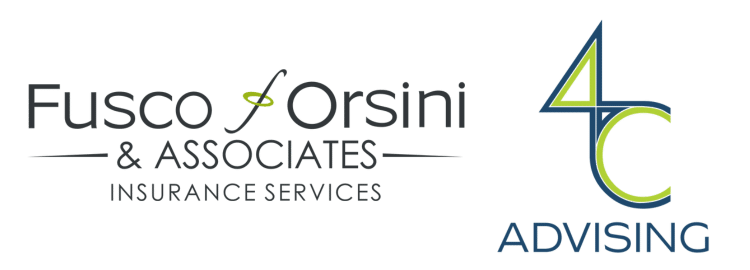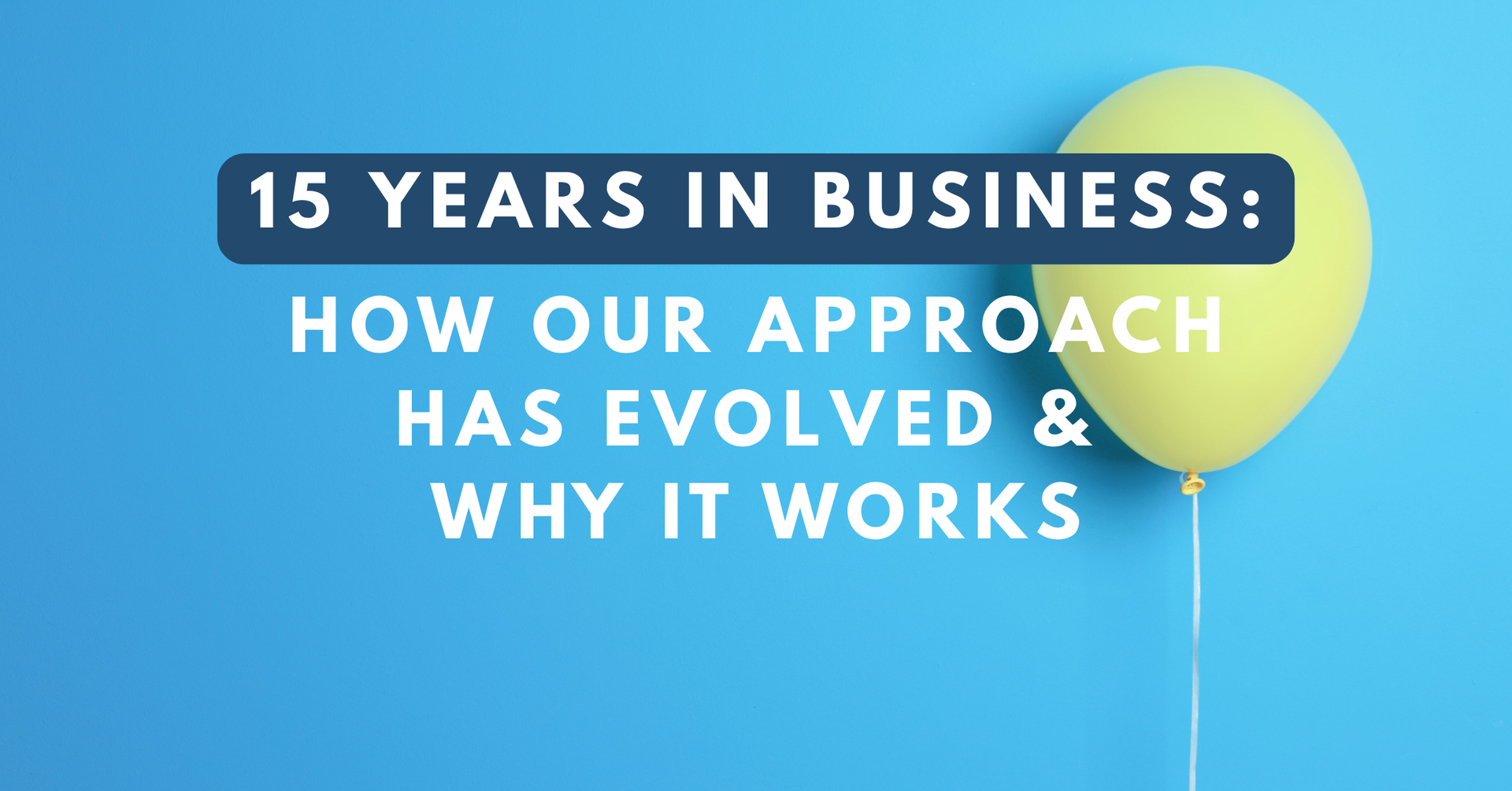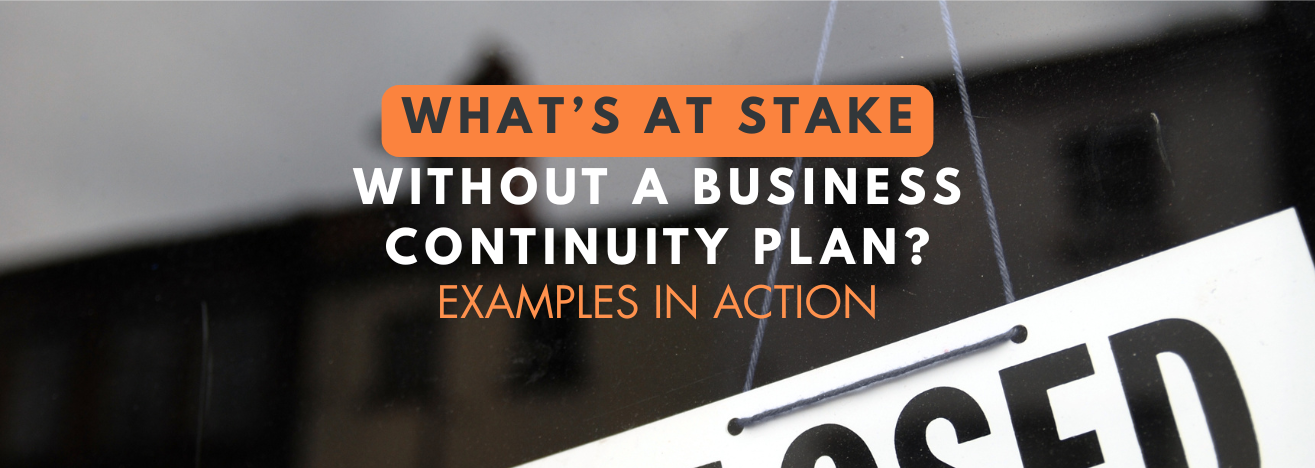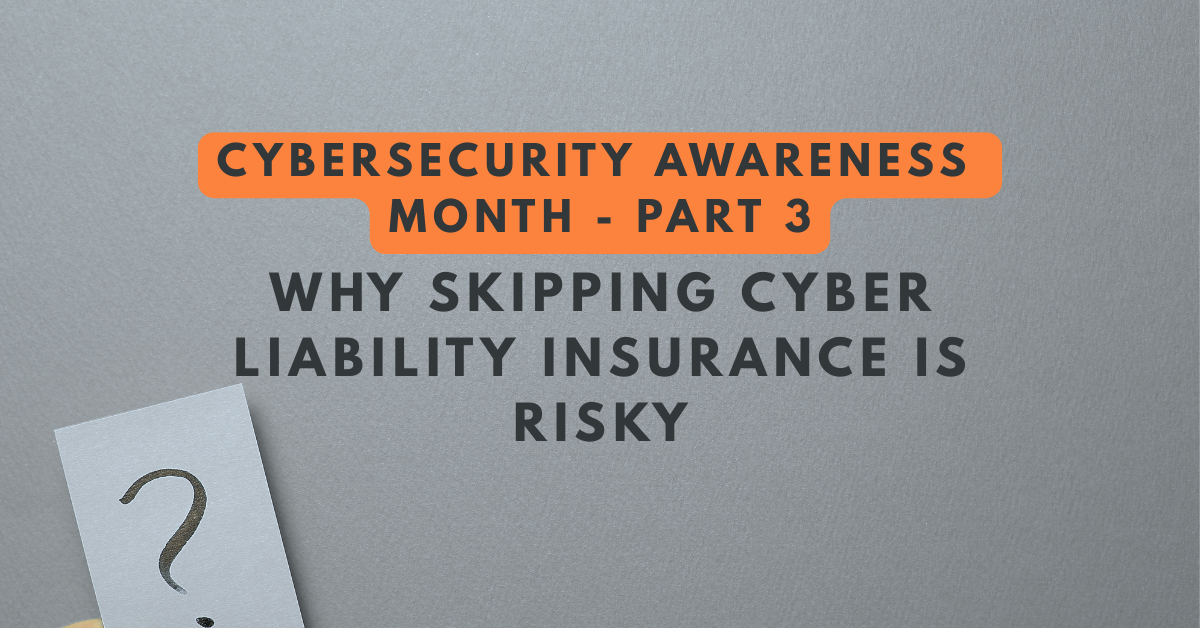Click. Search. Deny? How the Internet Shapes Your Insurance Rates
See How We're Different
or call us: (858) 384‑1506
Imagine this: You’ve filled out all the applications, handed over years of loss runs, and spent hours with your insurance advisor putting together the perfect application. You’re expecting a fair proposal—maybe even a competitive one.
But when the numbers return, the price is sky-high. Or worse, you’re flat-out denied coverage.
What happened?
You didn’t change your operations. You didn’t file new claims. But here’s what did change:
An underwriter Googled your business—and they didn’t like what they saw.
The Truth Bomb: Your Risk Profile Starts Online
In today’s underwriting world, the internet is no longer just a place to market your business—it’s a key tool insurers use to evaluate your risk. And not just in cyber policies. I’m talking about every line of commercial insurance.
Underwriters—people sitting behind desks—are Googling your business before they dive into your application. They’re reviewing your website, checking your online reviews, scanning your social media, and analyzing any public data they can find.
Why? Because it gives them something your application doesn’t: a raw, unfiltered view of who you are.
To an underwriter, your digital footprint is more than a marketing tool—it’s a risk indicator. If you haven’t updated your site in years, your reviews talk about unsafe practices, or LinkedIn says you have 50 employees, but your application says 10, that’s a red flag.
The internet has become underwriting’s fastest and most accessible source of truth. The kicker? They rarely ask you to clarify what they find; they just make decisions based on it.
How Underwriters Use the Internet to Assess Your Risk
Today, underwriters are expected to do more than assess paperwork. Insurance companies expect their underwriters to make judgment calls quickly, efficiently, and with as much context as possible (and their results matter). That’s where the internet steps in.
Here’s precisely what they’re looking at:
1. Your Website
Your website is often the first stop. Underwriters are scanning for:
- Services offered (Do they match what you stated on your application?)
- Industries served (Are you operating in high-risk sectors you didn’t mention?)
- Safety protocols (Is there any visible commitment to employee or customer safety?)
- Outdated or inconsistent content (Is your site abandoned or inaccurate?)
A contractor who lists “roofing” services online but leaves them off the app? Red flag. A restaurant that does not mention alcohol service but has customer reviews that say otherwise? That matters.
2. Online Reviews and Reputation
Yelp, Google Reviews, Glassdoor—you name it, they’re looking.
If reviews mention:
Unsafe conditions
Accidents or injuries
Poor employee treatment
Unreliable service
…those comments don’t just impact your reputation. They shape the perceived risk of insuring your business.
3. Social Media Activity
Photos of team events, videos of job sites, and posts from employees all paint a picture. Sometimes, it is very different from what you submitted.
An underwriter might spot:
Machinery being used unsafely in a photo
Events suggesting high-liability exposure
Comments or posts that contradict your operational claims
4. Third-Party Data & News
They’re also pulling:
News articles about lawsuits or incidents
OSHA violations or citations
Public financial filings
Licenses and certifications
You might never know if there’s a gap between your application and what’s online—because they may just decline or rate you up without explanation.
Real-World Examples: What Underwriters Are Finding
At Fusco Orsini & Associates, we work with a wide range of small—to medium-sized businesses—contractors, hospitality companies, tech firms, nonprofits, and more. Across every industry, we’ve seen how overlooked digital footprints impact underwriting outcomes.
Here are a few eye-opening examples from the real world:
Construction Contractor – The “Invisible” Roofer
A mid-sized GC submitted an application that excluded roofing exposure—typically a high-risk activity. But their website? It proudly showcased drone shots of past roofing projects.
Result: The underwriter flagged this as a material misrepresentation. The quote returned with a roofing exclusion and a 20% rate hike.
Lesson: Your website is speaking on your behalf. Make sure it’s telling the right story.
Restaurant Group – The Hidden Liquor Risk
A trendy bistro in Southern California applied for liability coverage, listing itself as a “family dining” concept. But the underwriter found dozens of Instagram posts showing cocktail menus, bar events, and drink specials.
Result: The carrier added a liquor liability surcharge and assault and battery sub-limits to the general liability and liquor liability policies.
Lesson: If you’re serving alcohol, even occasionally, make sure it’s adequately disclosed—because your social media already did.
Tech Startup – Employee Count Discrepancy
A growing SaaS firm listed 12 full-time employees on their EPLI application. However, their LinkedIn company page (and public job board) showed 35+ team members across three offices.
Result: The underwriter adjusted payroll estimates, applied a higher seld-insured retention, and required updated financials before issuing a quote.
Lesson: Inconsistent headcount online signals potential dishonesty—even unintentional.
Nonprofit Organization – The Safety Oversight
A nonprofit that hosted youth sports events did not mention safety protocols on its website. Its event photos showed kids playing without supervision, helmets, or signage.
Result: The underwriter applied exclusions related to participant injury and refused to offer abuse/molestation coverage, a standard for youth-serving organizations.
Lesson: Lack of visible risk controls online can lead to denied or restricted coverage, even when protocols exist in real life.
The Risk Is Real: How Your Digital Footprint Impacts Coverage and Cost
Most business owners assume underwriting is driven purely by what they submit—claims history, applications, safety manuals. But when your online presence tells a different story, the underwriter doesn’t call to clarify—they just make assumptions.
Here’s how that plays out in practice:
1. Higher Premiums
If your digital footprint suggests you’re riskier than you appear on paper—more employees, more services, higher exposure—you’ll pay for it. Carriers build that uncertainty right into the rate.
And the frustrating part? You may never know why your quote was 20% higher than expected.
2. Coverage Restrictions
When underwriters see potential liability that isn’t addressed in your application, they act defensively:
Add exclusions (e.g., no roofing, no liquor, no abuse/molestation)
Limit sub-limits (e.g., reduce cyber, crime, or EPLI limits)
Require additional endorsements or umbrellas
It’s not personal—it’s risk mitigation.
3. Flat-Out Denials
A mismatched online presence can sometimes cause the whole deal to fall apart. If underwriters don’t trust the story they’re seeing, they may decline to quote altogether.
One missed detail—a public safety complaint, a misleading service description, or an old accident report still floating online—can kill your application before you can explain.
4. Damaged Credibility
Even if the underwriter still moves forward, conflicting digital signals damage your credibility. That affects:
Renewal pricing
Claims handling
Negotiating power in challenging markets
You don’t get a second chance to make a first impression—and in underwriting, that first impression is often made through Google.
What You Can Do: Audit Your Online Presence Like an Underwriter
Here’s the good news: If underwriters can find it, so can you. And once you know what they’re looking for, you can take back control.
Here’s where to start:
1. Google Your Business Like You’ve Never Heard of It
Search your company name, services, leadership team, and past incidents. What comes up? Would a stranger trust you based on what they see?
2. Review Your Website with a Risk Lens
Is your site up to date?
Are your services clearly and accurately defined?
Are there any outdated blogs or photos that might raise red flags?
This isn’t just a marketing audit—it’s a liability review.
3. Clean Up Your Social Media
Review posts, photos, and tagged content. Make sure nothing contradicts your operations, safety standards, or values. And if your employees post publicly from the job site, coach them on what’s appropriate.
4. Align All Your Public Profiles
Your headcount, services, and leadership team should align with LinkedIn, Glassdoor, and industry directories. Inconsistencies make underwriters uneasy.
5. Ask an Advisor to Pre-Audit You
We do this all the time for clients. Before you submit that application, let us scan your digital footprint the way an underwriter will. That’s how we prevent surprises—and help you tell the most accurate, insurable story.
Mike’s Take: Use the Internet to Your Advantage
Look, this isn’t about playing games or hiding things. It’s about ensuring your digital identity reflects your business identity. In today’s insurance world, perception and reality better match, or you’ll pay the price.
Underwriters aren’t just looking at what you say. They’re looking at what the internet says about you. And if you’re not managing that narrative, someone else is.
Click. Search. Deny?
Not on our watch.
Let’s Talk
Not sure where to start? Let’s do a digital risk audit together. I’ll show you what underwriters see—before they ever quote you. Click here to connect with us today!







